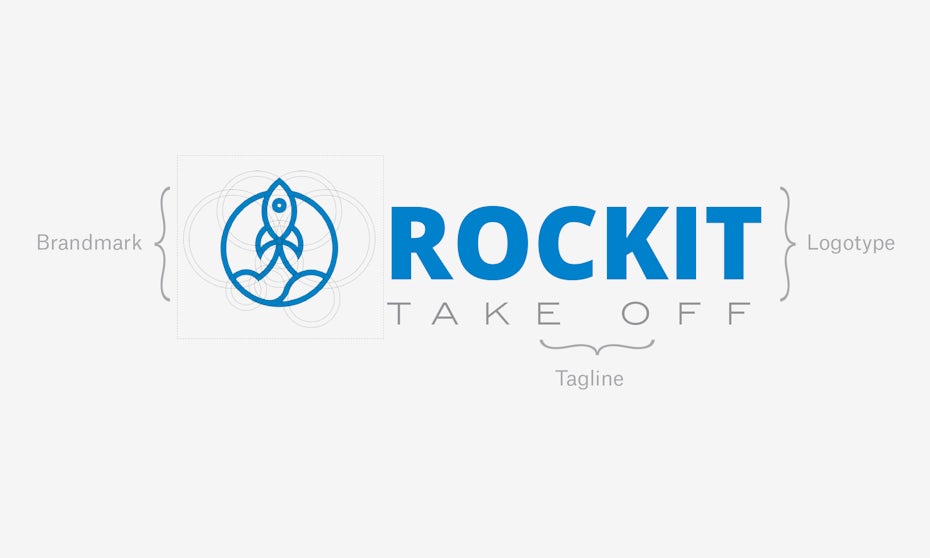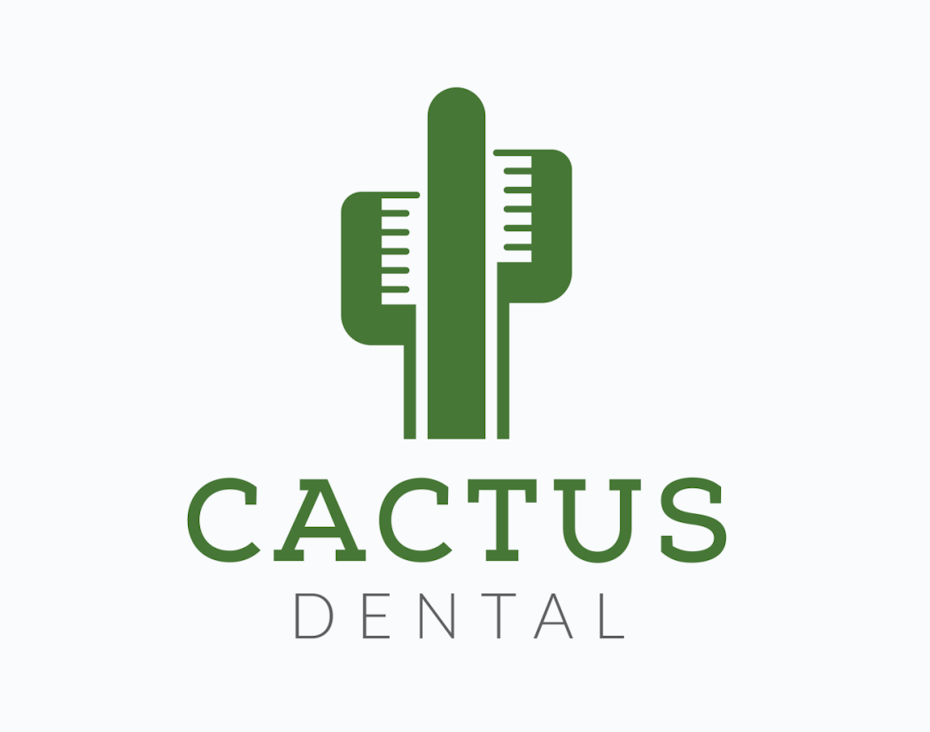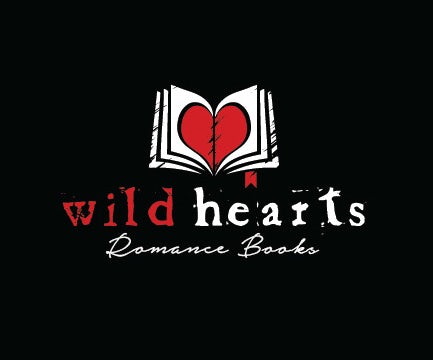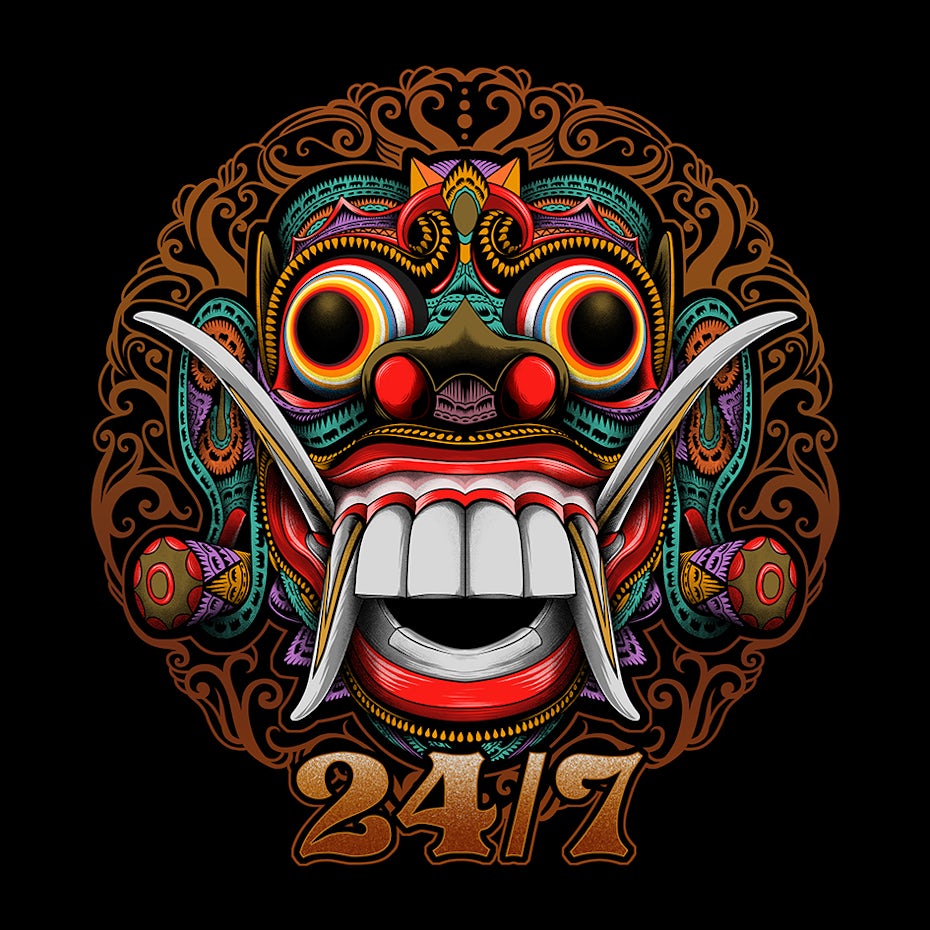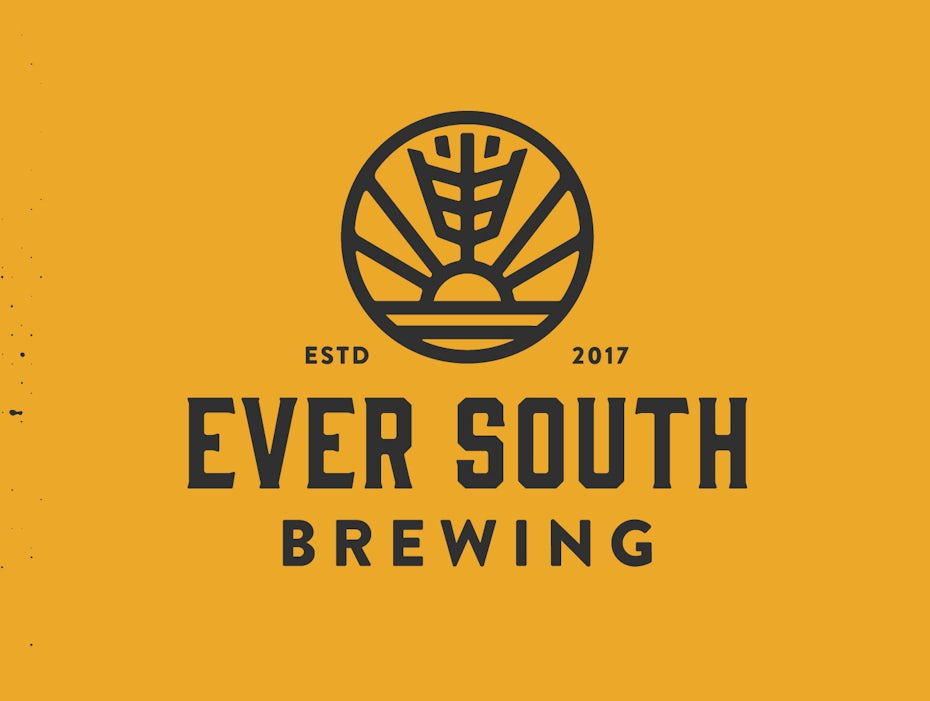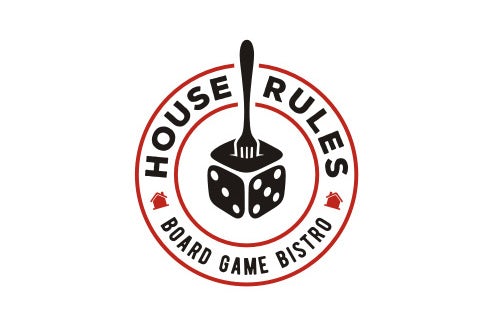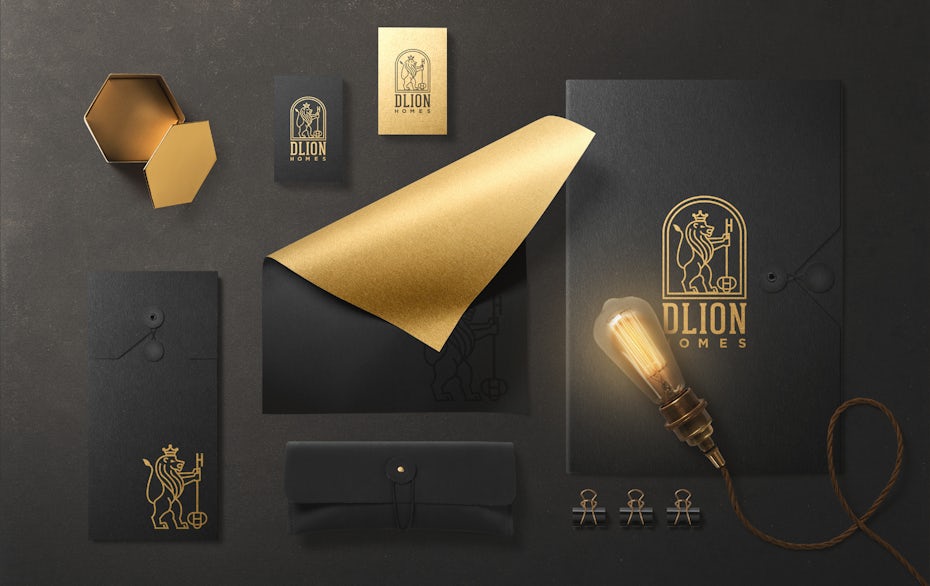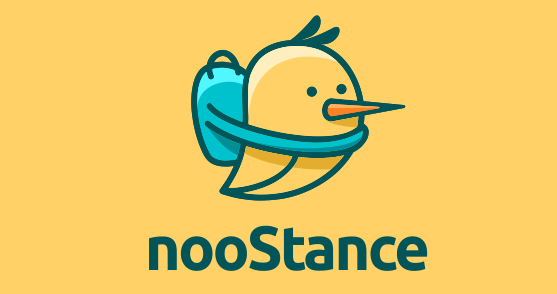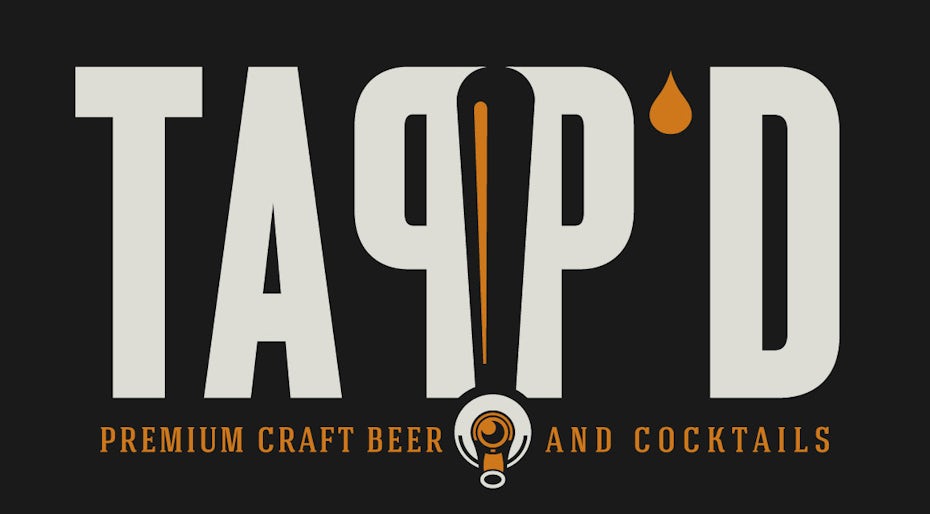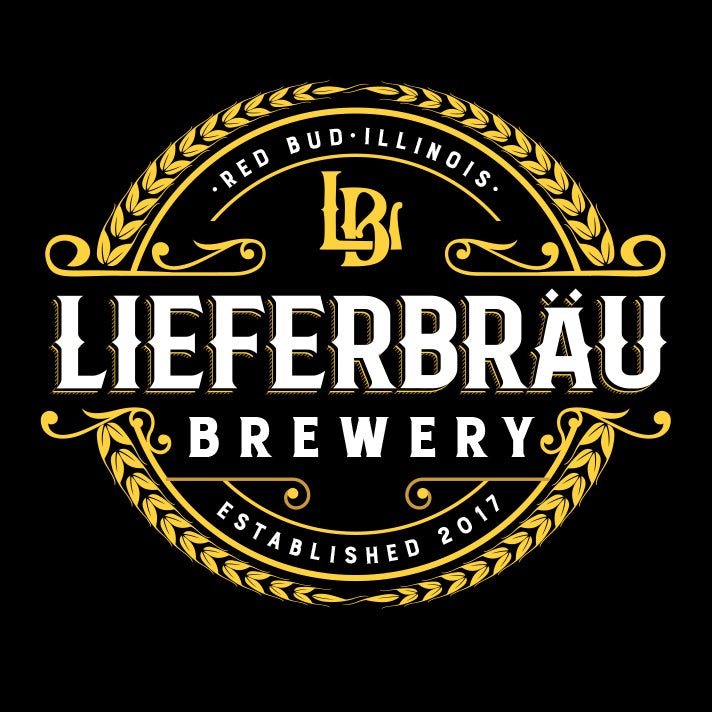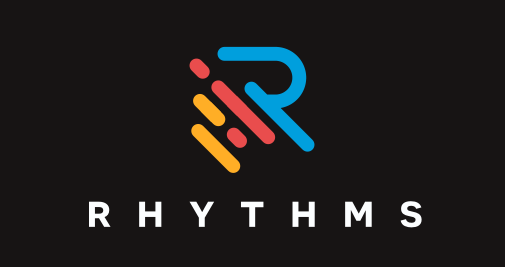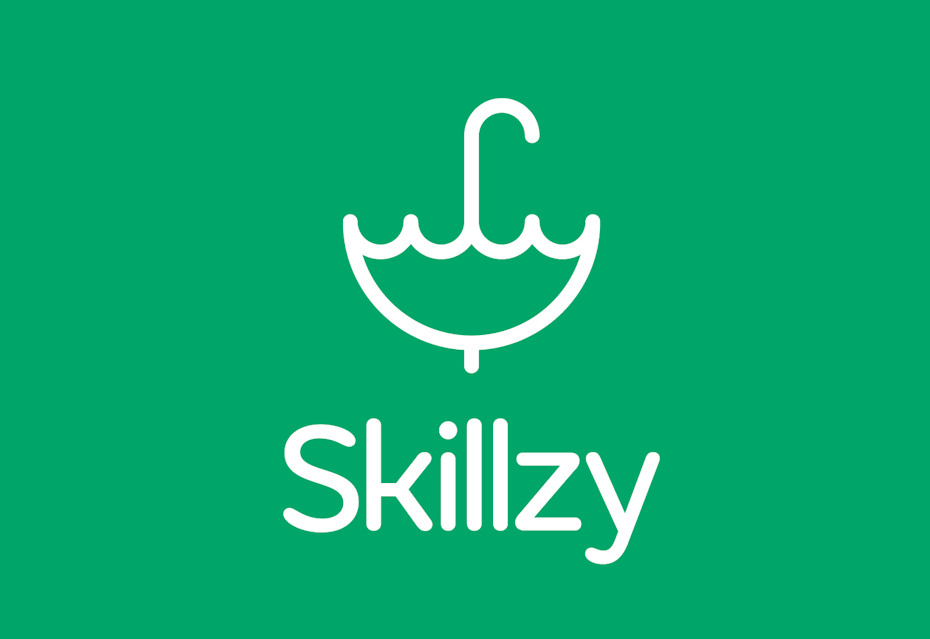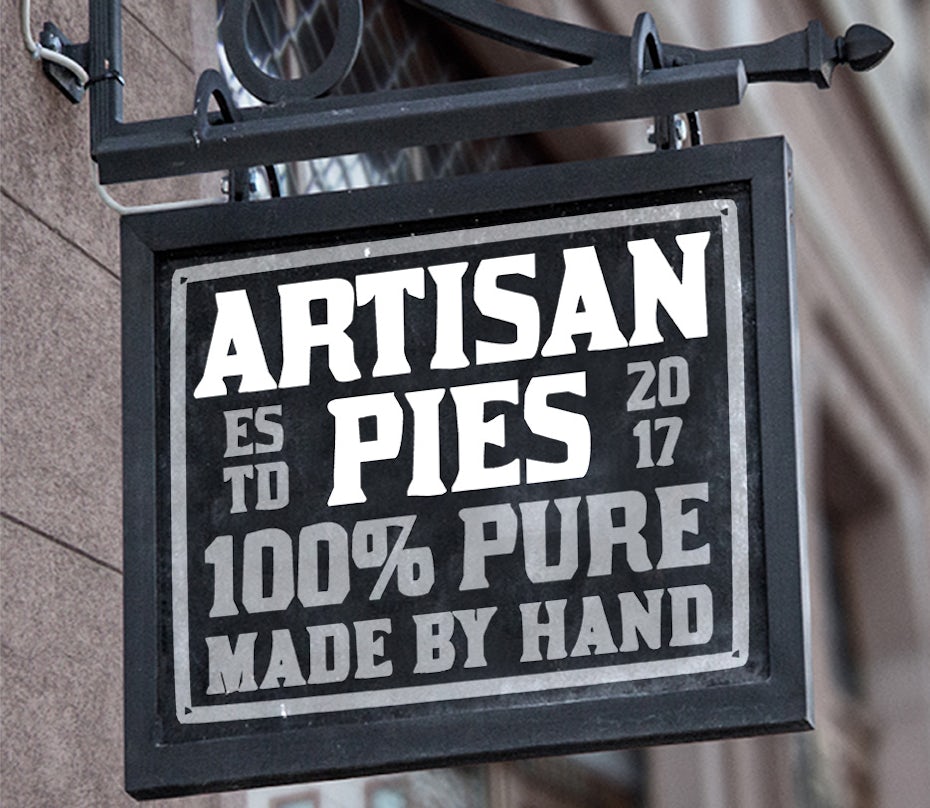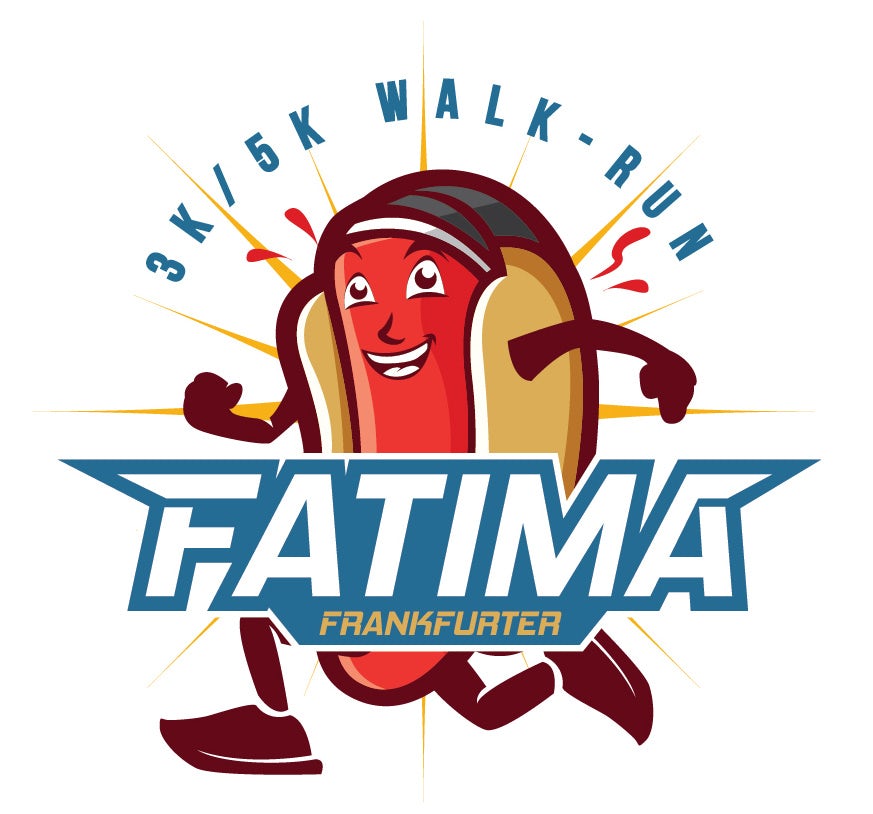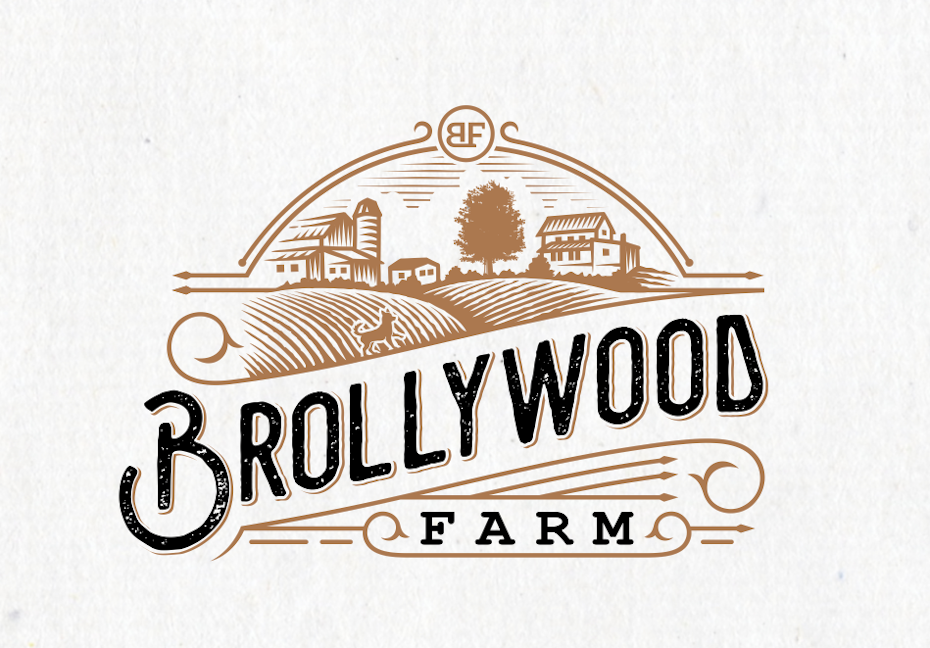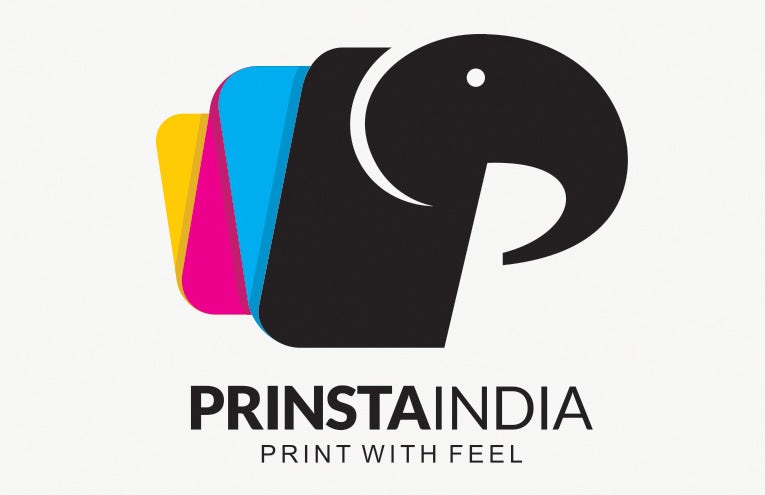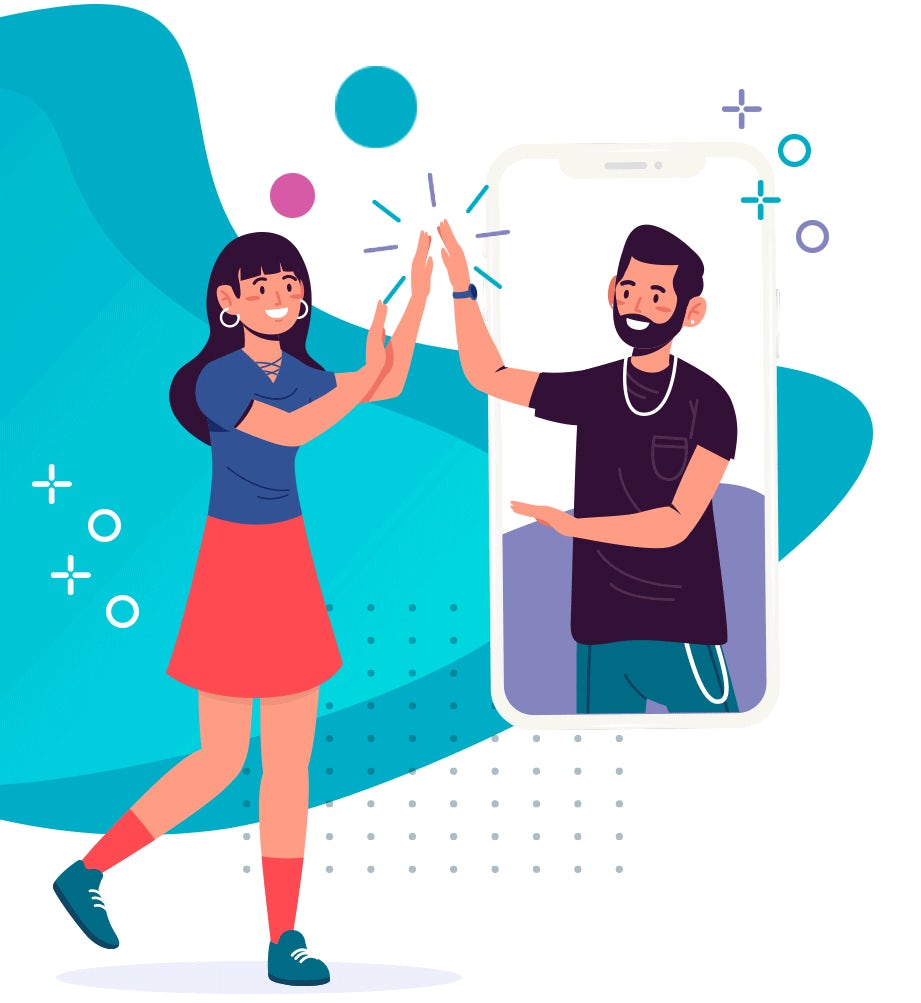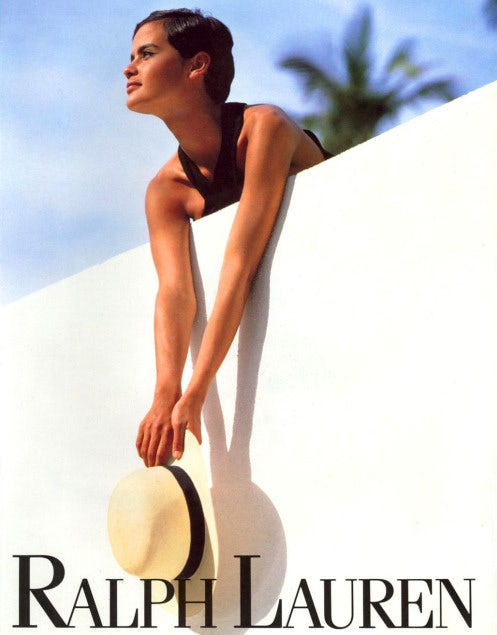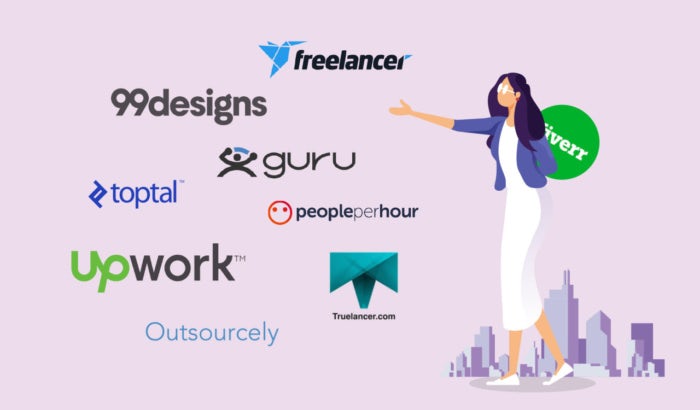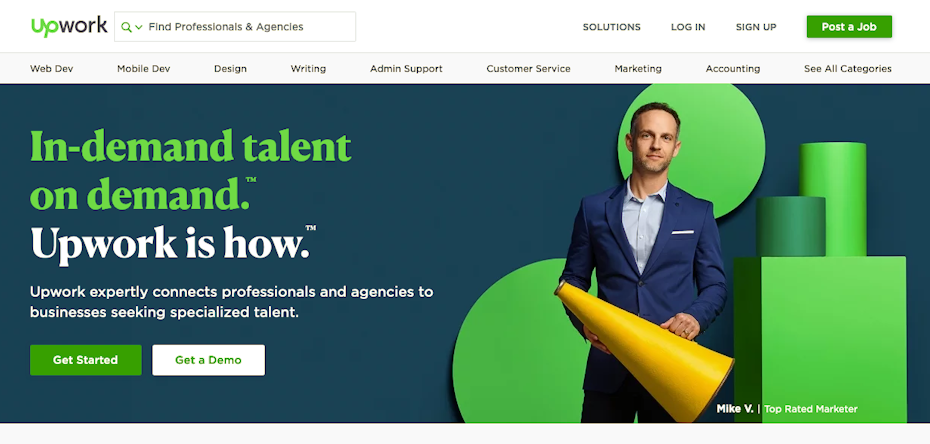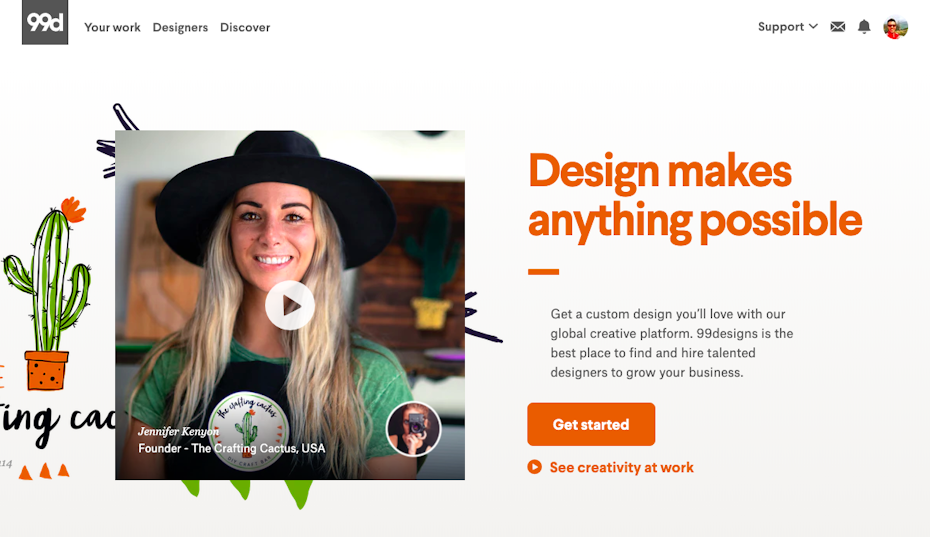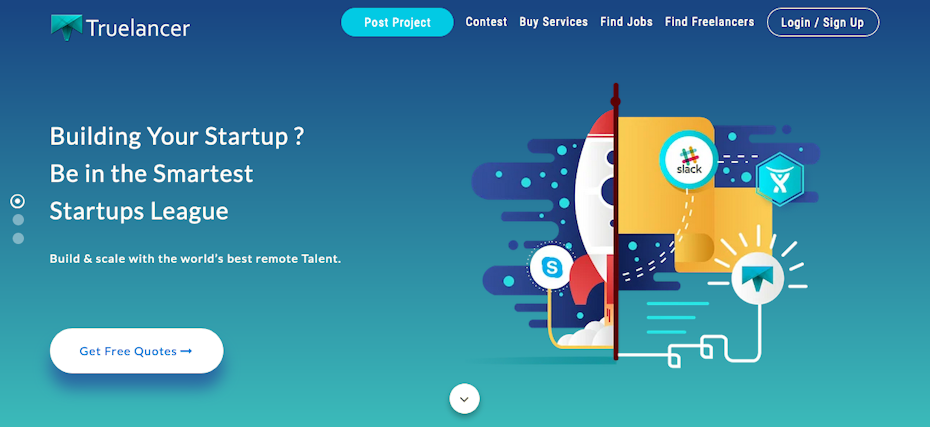We’re living in the Golden Age of Branding. There are more ways than ever for businesses to carve out their niche in the marketplace and connect directly with their customers and fans. But the history of branding actually goes back centuries. This discipline and art form has evolved over the years to become an essential part of building any successful business.
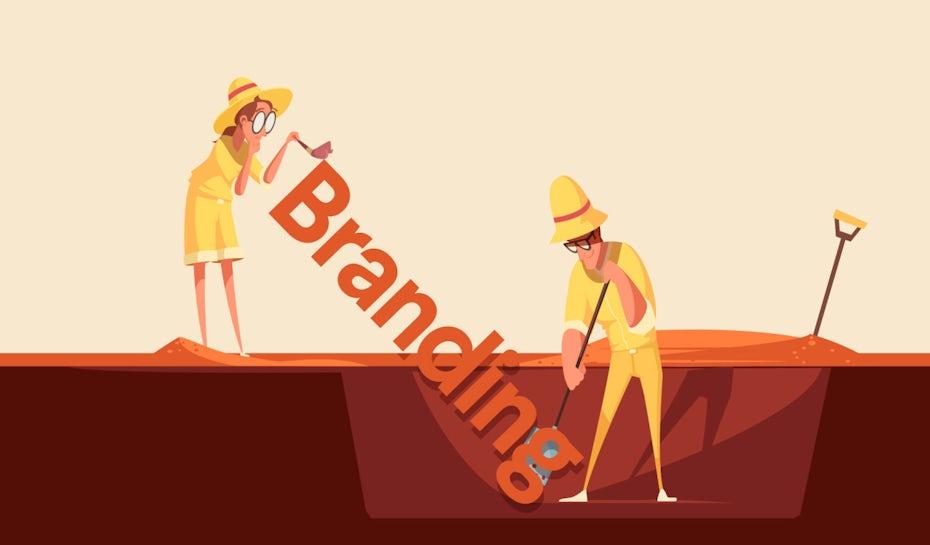
Branding actually begins in the 1500s, but major shifts took place in the 19th and 20th centuries. Through decades of experimentation and technological advancements, brands have learned how to break through the clutter and capture the attention of their customers, turning indifferent consumers into brand enthusiasts. Learning this fascinating backstory is a vital step in developing your own brand.
In this article, we’ll explore the history of branding: how it got its start, how it’s evolved over time and where it’s headed in the future.
- 1500’s: The beginnings of branding
- 1750’s-1870’s: The Industrial Revolution
- 1870’s-1920’s: The era of invention
- 1920’s-1950’s: Brands on the air
- 1950’s-1960’s: The birth of modern branding
- 1970’s-2000’s: Branding grows up
- Today: Beyond basic branding
1500’s: The beginnings of branding
—
In Ancient Norse, a Scandanavian language, the word “brandr” means “to burn.” Originally, a brand was a burning piece of wood and later described a torch. By the 1500s, it became common to brand cattle in order to show ownership.

Right from the start, branding was all about making your mark, both literally and figuratively. Each branding mark was unique to the cattle ranch itself. They were simple, distinctive and instantly identifiable—the tried and true pillars of any great brand. Think of these icons like the first product logos.
1750’s-1870’s: The Industrial Revolution
—

Europe and the United States transformed during the 18th and 19th centuries with new manufacturing processes. This historical time sparked the advent of the mass production of goods, a result of increased efficiency and technology in the workplace. More products meant more choices for consumers. Since companies now had more competitors than before, there was a sudden need to stand out and take ownership.
Enter the trademark. A trademark consists of words, phrases, symbols, designs, shapes, and colors legally registered or established by use as representing a company or product.
Registered trademarks rose to prominence in the 1870s, and the U.S. Congress passed its first Trademark Act in 1881. This was the first instance of branding as intellectual property, giving a way for companies to officially claim their products as their own and combat copycats and rivals.
1870’s-1920’s: The era of invention
—
The turn of the 20th century was a time when technology began to transform everyday life and we got a glimpse of what our future could hold. The Wright Brothers’ historic, inspiring flight in 1903 became an archetype for the creativity, innovation, and imagination that defined the era.
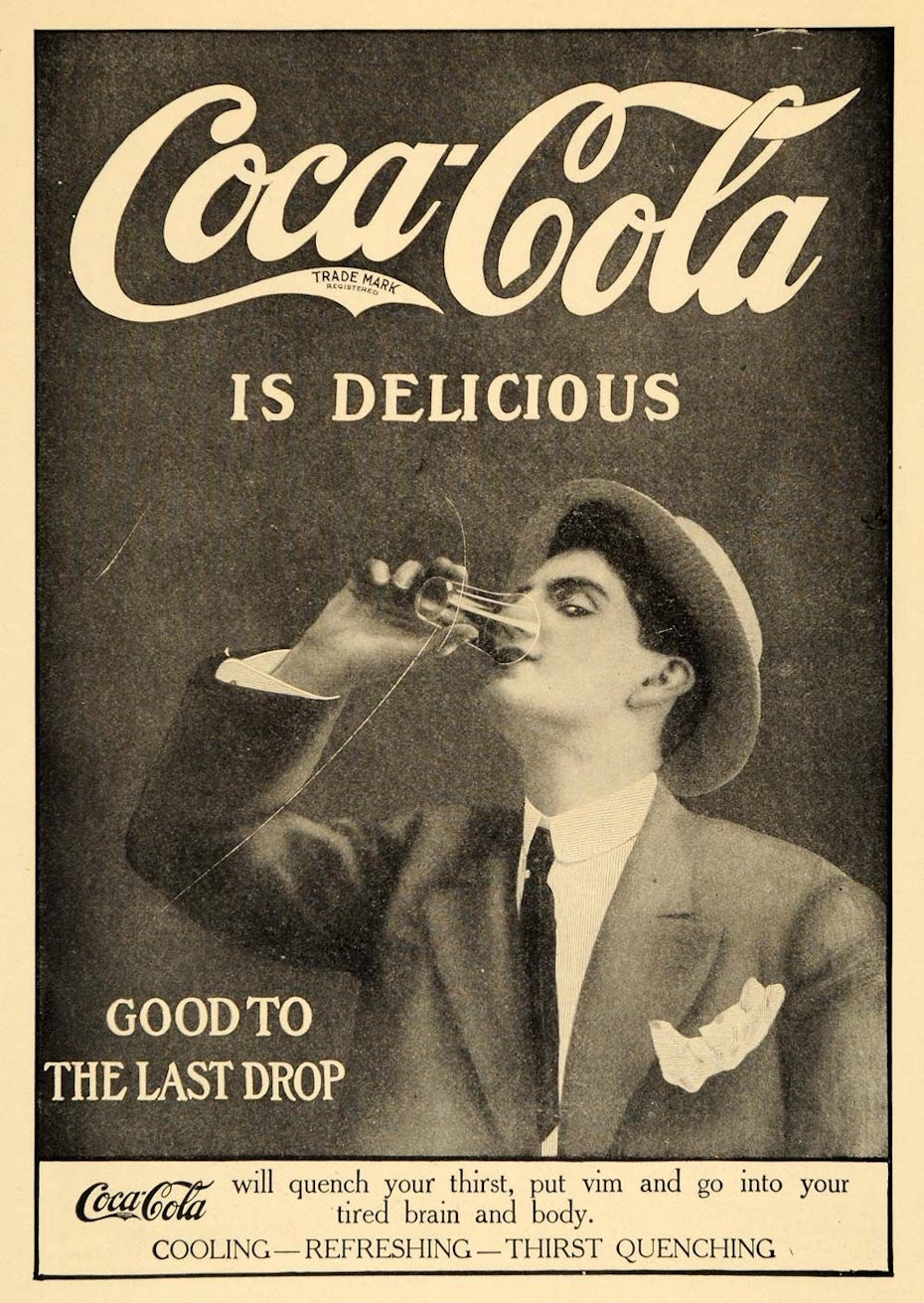
The century began with the birth of several iconic companies that would eventually become leading brands around the world. Coca-Cola (introduced in 1886), Colgate (1873), Ford Motor Company (1903), Chanel (1909) and LEGO (1932) were all first-of-their-kind pioneers, trend-setters, and brand-builders.
At the time of their introduction, these brands were ahead of their time. Ford Motor Company offered American-made, gasoline-powered vehicles before anyone else, and Chanel offered suits for women at a time when they’d only been thought of as menswear. These brands were inventive and the first of their kind, which made them instant industry leaders.
During the era, brands made their mark through newspapers and magazines. Print provided a space where brands could use words, logos, and illustrations to differentiate themselves. Advertisements were often very informational and described exactly how products worked and what they could do.
1920’s-1950’s: Brands on the air
—
Now that production was more efficient, and companies were finding value in officially taking ownership of their products, the next logical step was talking about them in a setting where potential customers would listen.
At the beginning of the 20th century, most radio stations were operated by radio equipment manufacturers and retailers that mostly used their stations to promote their businesses. By the 1920s, radio had become much more popular, and station owners looked to advertising as a way of making their businesses more sustainable. Branding came to life through radio jingles, catchphrases and targeted messaging.
The first paid radio commercial aired in 1922 on WEAF in New York, advertising a new apartment complex in the area. By 1930, almost 90% of radio stations in the United States were broadcasting commercials. During this time, manufacturers would not only sponsor advertisements, but entire programs as well. This took brand identity to a whole new level. It became audible, memorable and relatable.
After radio came television. On July 1, 1941, Bulova Watches aired the first television commercial before the broadcast of a New York baseball game. It was just 10 seconds long and seen by only a few thousand people. Just like radio, as television rapidly grew in popularity, companies began taking advantage of the new medium by sponsoring shows and creating commercials. With television, brands could now come into people’s homes with visuals, words, sound and music, bringing them closer to consumers than ever before.
1950’s-1960’s: The birth of modern branding
—
The post-World War II era was an important time in manufacturing consumer packaged goods. During this time, companies developed the discipline of brand management because of the requirements of more marketing. Brand management focuses on the development and expression of an identity, while marketing is rooted in the strategic techniques which it takes to promote a business.
Think big, loud, highly visible forms of brand recognition, like billboards, subway signs, distinctive product packaging and TV ads, which were enhanced with the creation of color TV in 1953.
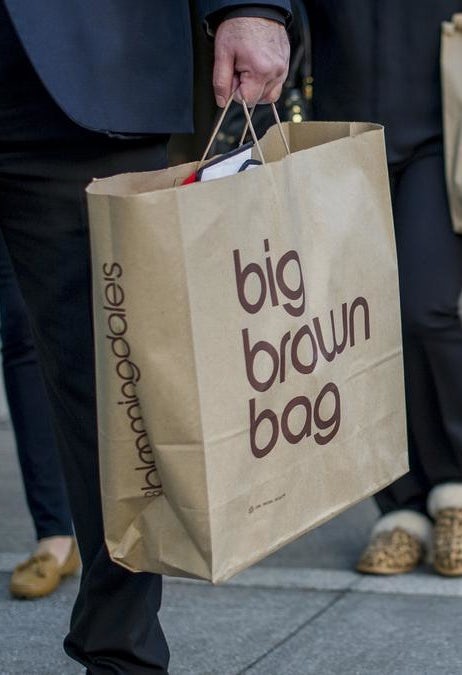

Another famous instance of tangible branding is the Bloomingdale’s shopping bag. The retailer started making its brown paper bags in 1973. Now, it’s so iconic that it is not only still their bag of choice, but also offered in several reusable keepsake iterations.
1970’s-2000’s: Branding grows up
—
As brands evolved over the decades, they needed to freshen up a bit or even take on a new identity to stay relevant. In the need to reinvent themselves, the end goal is typically a desire to attract a new audience. We see rebranding in many forms, both from corporations and individuals.

Consider how the Walmart logo has lightened up over the years. It’s become more approachable and fresh. And along with the logo, the store has also upgraded its employee uniforms in recent years. The change feels welcome, and in the case of Walmart, rebranding was a natural, much-needed step in the evolution of its brand identity.
Revamping campaign slogans can also play a role in reinventing a brand and taking it to the next level. The fast pace of modern branding gives brands a need to constantly stay ahead of their competitors. Sometimes, all it takes is a great slogan, even if the brand is already well-known.
Think about L’Oreal’s “because you’re worth it,” M&Ms’ “melts in your mouth, not in your hands” and Wheaties’ “breakfast of champions.” Each of these slogans took an already prominent brand to a new, more recognizable place in its journey. The brands became not just recognizable, but also conversational.
Today: Beyond basic branding
—
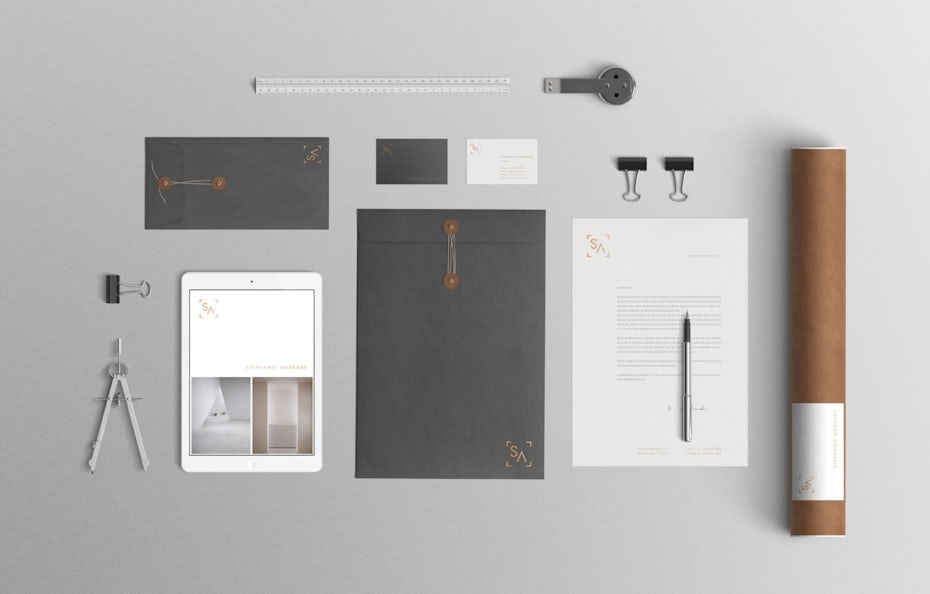
We’ve seen how far we’ve come. So where are we now, and where do we go next?
Looking to the future, it’s important to note that we have a lot more brand options now than we used to, and someone is always being chased by a competitor. It can be harder to stand out, so it’s important to come up with ways to break through the noise.
Today’s branding, marketing, and advertising practices differ from historic techniques in many ways. TV advertising trumps print advertising, but social media advertising outdoes them all. Advertisers have more power (like the ability to target a demographic in a Facebook ad), which can dramatically increase brand awareness.
While we certainly have advanced technology to help make a brand stand out, we also face major competition that wasn’t the case many years ago. In today’s culture, brand reputation isn’t only word of mouth: it’s word of review. Customer reviews on Amazon, Yelp, Google and Facebook now have the power to influence a brand’s perception. Buyers make decisions based on the rating of the product they’re interested in. Now more than ever, reputation is everything.
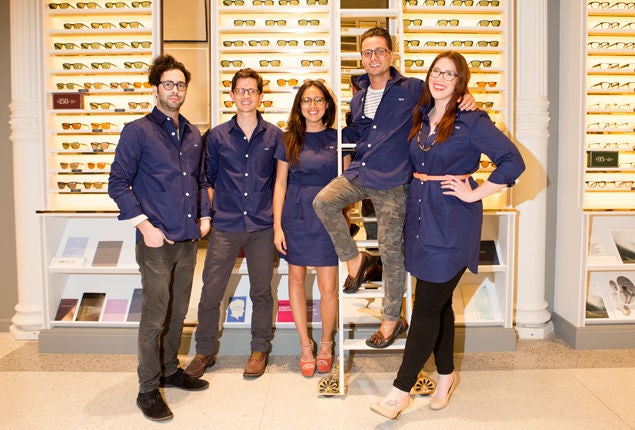

A brand like Starbucks has focused on mission-based branding. Starbucks’ mission statement is, “To inspire and nurture the human spirit—one person, one cup and one neighborhood at a time.” That’s an ambitious goal for what is ultimately a drive-thru, fast-food chain, but they do it well. With an engaging mobile app, a popular customer loyalty program, signature colors and an unmistakable logo, Starbucks has built a devoted customer following all based around their singular mission.
Similarly, Warby Parker became a breakout brand with its unique, meaningful brand promise: with every pair of glasses purchased, a pair is distributed to someone in need. After only 10 years in business, the brand was valued at $1.7 billion. Through social responsibility and great branding, this eyewear brand suddenly feels cooler than Ray-Ban.
Brands are also capitalizing on the person-to-person experience of their brick-and-mortar retail stores. Picture how many significant brands of women’s activewear and athleisure clothing exist right now (Lululemon, Athleta, Fabletics, Under Armour, Adidas by Stella McCartney). These brands have to get creative, and many stand out through community involvement and engagement. For example, Lululemon boosts its brand by offering free yoga classes both in their stores and online.
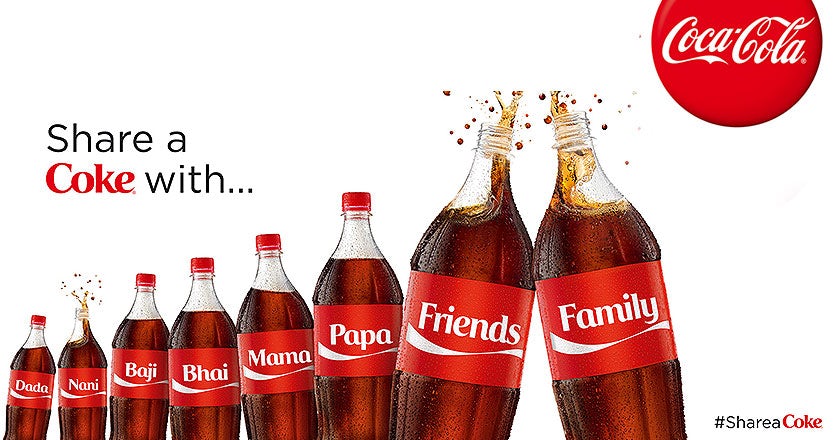
Futuristic branding is convenient and digital-focused. We’re living in a world of user-friendly apps, vanity URLs and a never-ending supply of custom hashtags. Brands are becoming more data-driven and strategic.
Just look at how Coca-Cola nailed the #ShareACoke campaign. Through a simple change in product packaging, they connected with customers on a personal level, all the while encouraging them to generate content—and by that, we mean using the hashtag over 500,000 times. It helped the brand stay connected, and the future of branding will continue to see constant connectivity as a driving influence.
Make your mark in the history of branding
—
While innovation and technology will always drive the future of branding, many of those early principles of branding will always stay the same. Consider simple, long-standing concepts like brand recognition and customer loyalty. These concepts have withstood the test of time.
The post A brief history of branding appeared first on 99designs.
